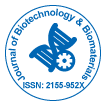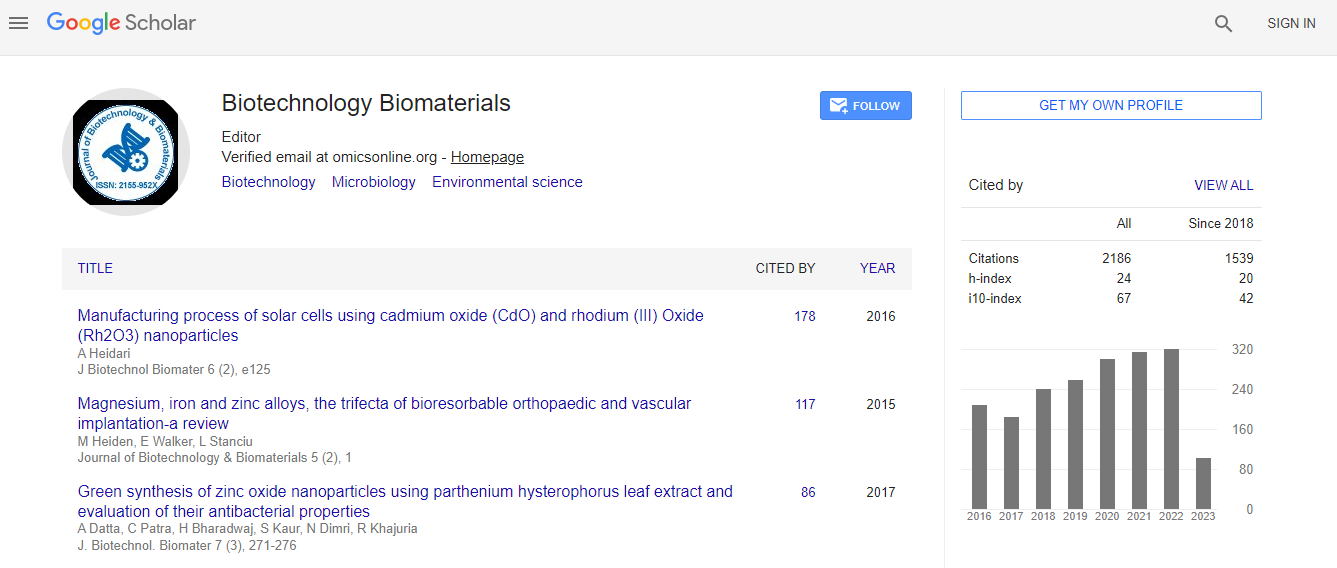Our Group organises 3000+ Global Events every year across USA, Europe & Asia with support from 1000 more scientific Societies and Publishes 700+ 91勛圖 Journals which contains over 50000 eminent personalities, reputed scientists as editorial board members.
91勛圖 Journals gaining more Readers and Citations
700 Journals and 15,000,000 Readers Each Journal is getting 25,000+ Readers
Citations : 3330
Indexed In
- Index Copernicus
- Google Scholar
- Sherpa Romeo
- Open J Gate
- Genamics JournalSeek
- Academic Keys
- ResearchBible
- China National Knowledge Infrastructure (CNKI)
- Access to Global Online Research in Agriculture (AGORA)
- Electronic Journals Library
- RefSeek
- Hamdard University
- EBSCO A-Z
- OCLC- WorldCat
- SWB online catalog
- Virtual Library of Biology (vifabio)
- Publons
- Geneva Foundation for Medical Education and Research
- Euro Pub
- ICMJE
Useful Links
Recommended Journals
Related Subjects
Share This Page
In Association with
Extracellular green synthesis of gold nanoparticles by indigenous Bacillus lichniformis GPI-2: A noble biological approach
6th World Congress on Biotechnology
Rajni Kant Thakur and Poonam Shirkot
Dr. Y.S Parmar University, India
ScientificTracks Abstracts: J Biotechnol Biomater
DOI:
Abstract
The use of bacteria in the synthesis of nanoparticles emerges as an eco-friendly and exciting approach for production of nanoparticles due to its low energy requirement, environmental compatibility reduced costs of manufacture, scalability and nanoparticles stabilization compared with the chemical synthesis. The production of gold nanoparticles by the Bacillus lichniformis GPI-2 was reported in this study. Cells exposed to Au3+ turned from colorless into an intense purple color. This change of color indicates the accumulation of extracellular gold nanoparticles. Elemental analysis of particles composition was verified using TEM analysis. The gold nanoparticles sizes were verified by TEM showing different types of particles of predominant spherical shape with size ranging from 20-51 nm. FT-IR was utilized to characterize the chemical surface of gold nanoparticles. This assay supports the idea of a protein type of compound on the surface of biosynthesized gold nanoparticles. Gold nanoparticles (AuNPs) provide non-toxic carriers for drug and gene delivery applications. Gold nanoparticles have been used as anti HIV, anti-angiogensis, anti-malarial and anti-arthritic agent. Furthermore, gold nanoparticles are used for delivering molecules into cells to slow down cancer cells. This green route of biosynthesis of GNPs is simple, economically viable and eco-friendly process.Biography
Email: rajnithakur136@yahoo.in

